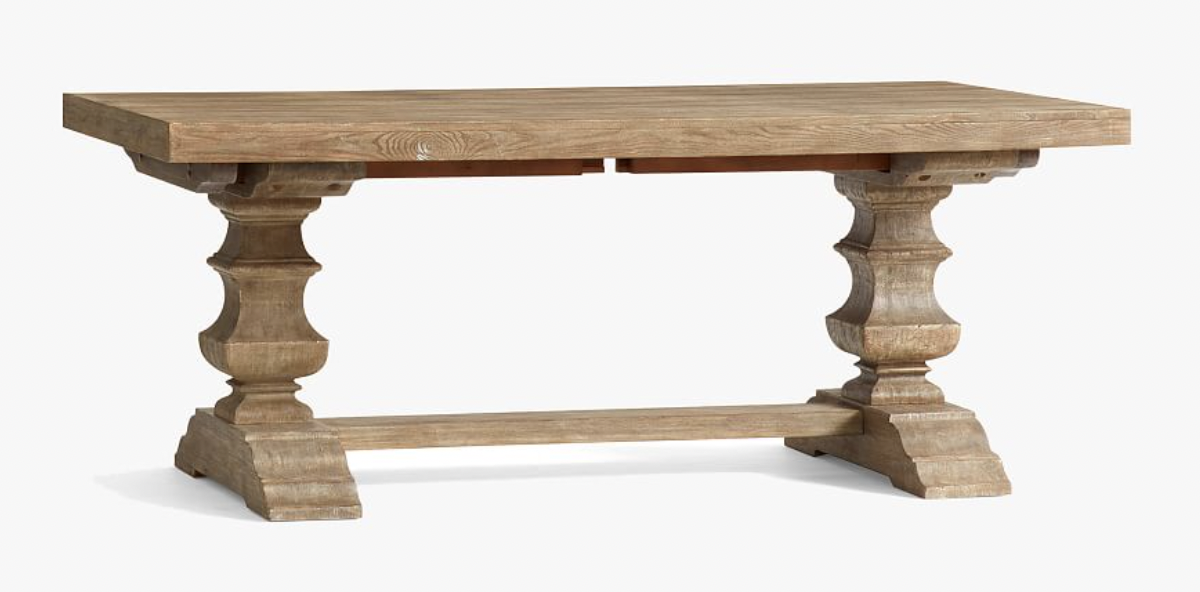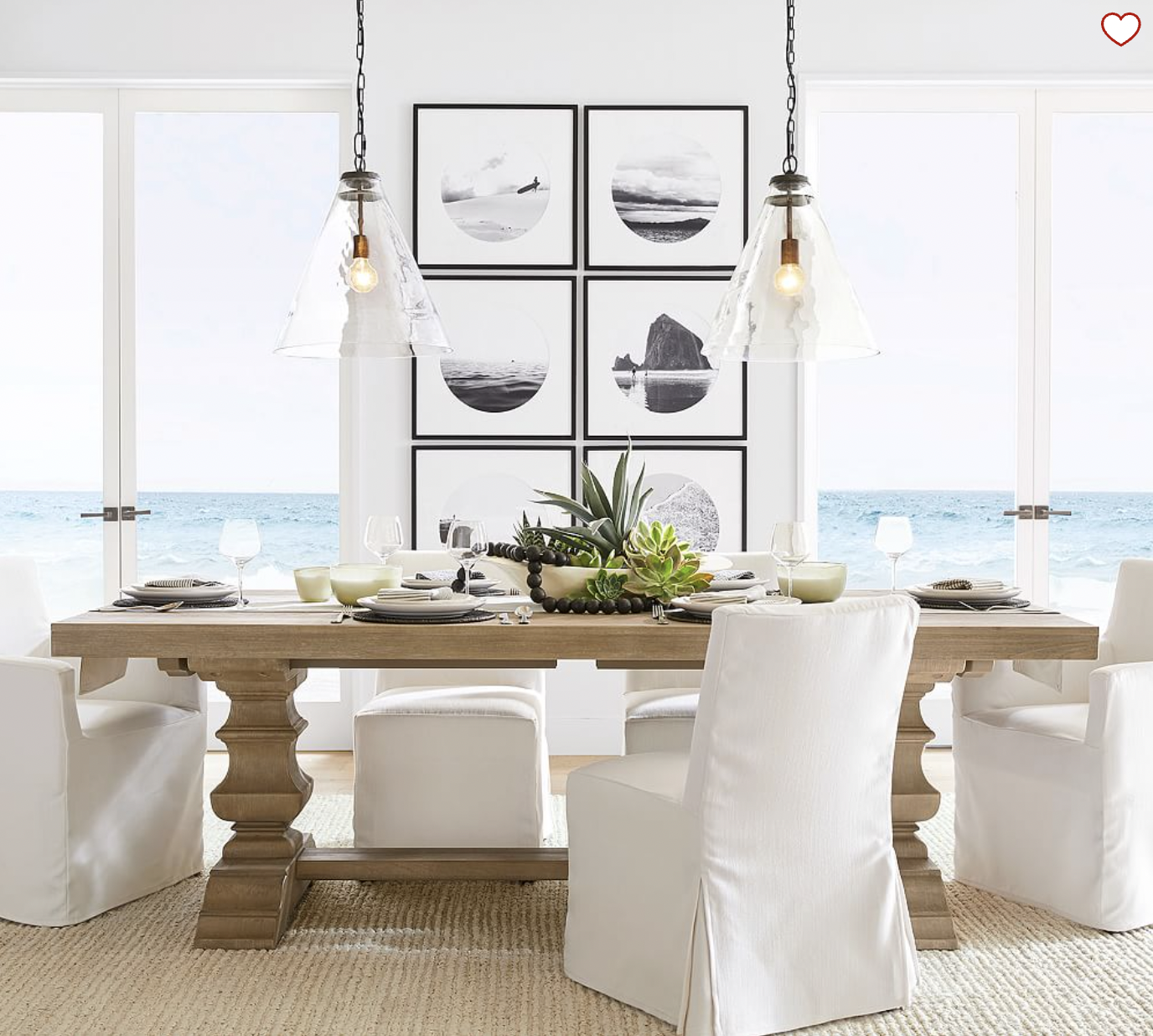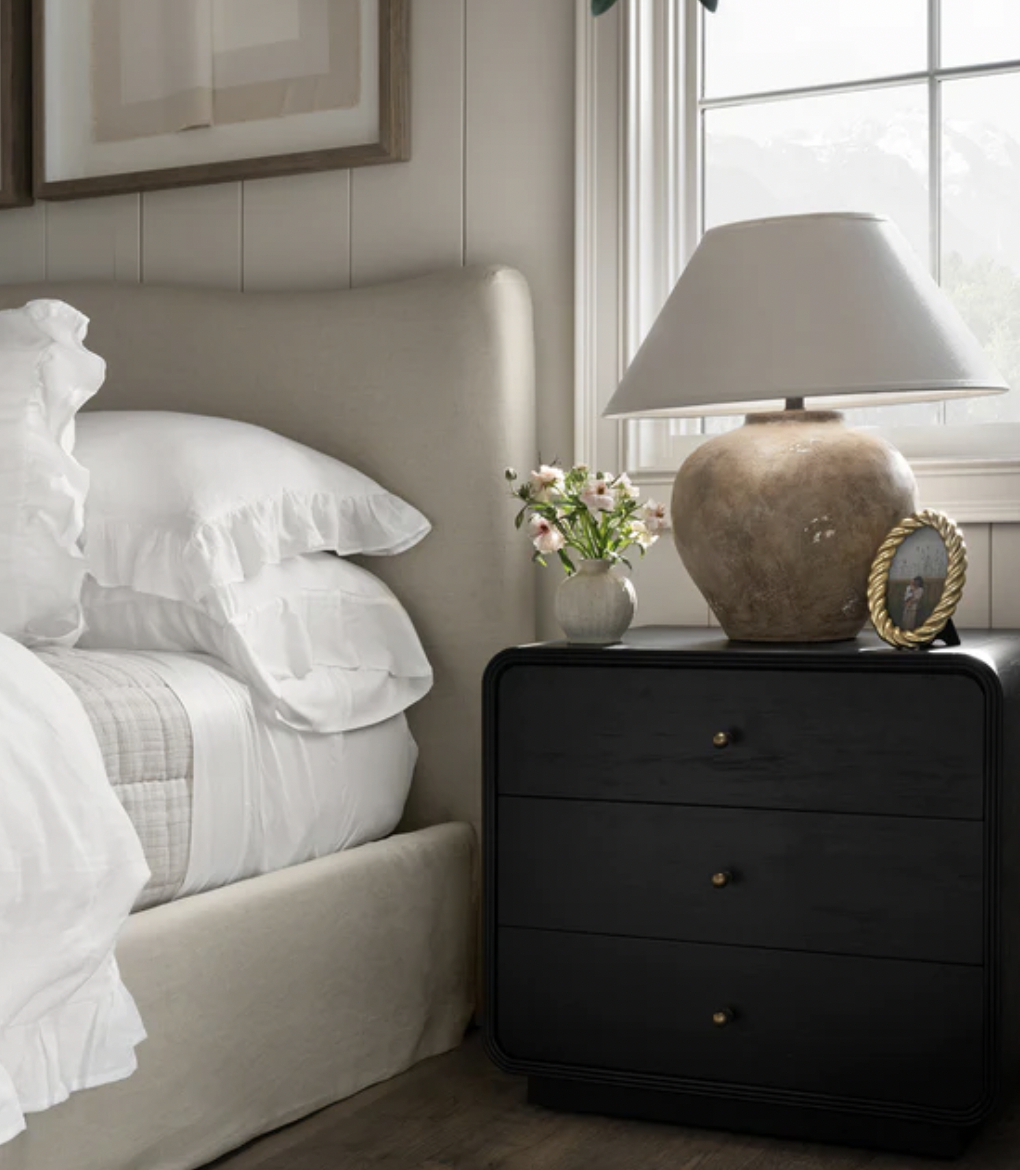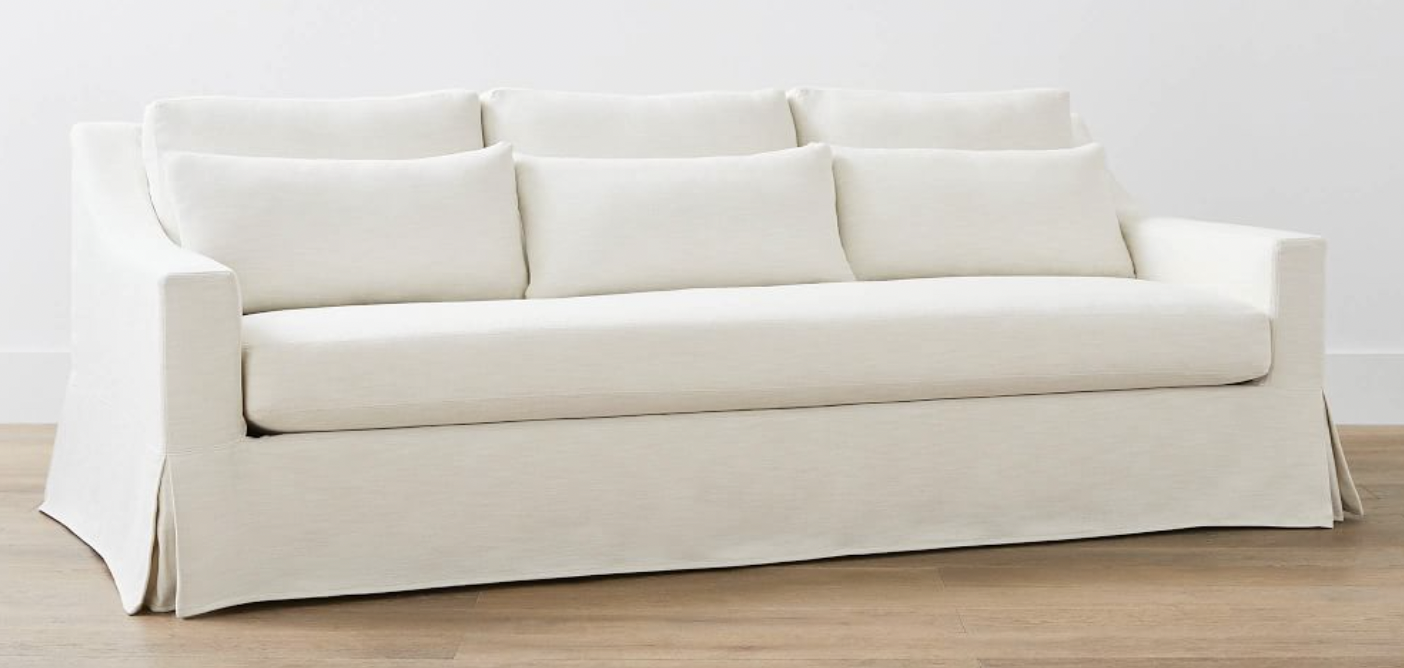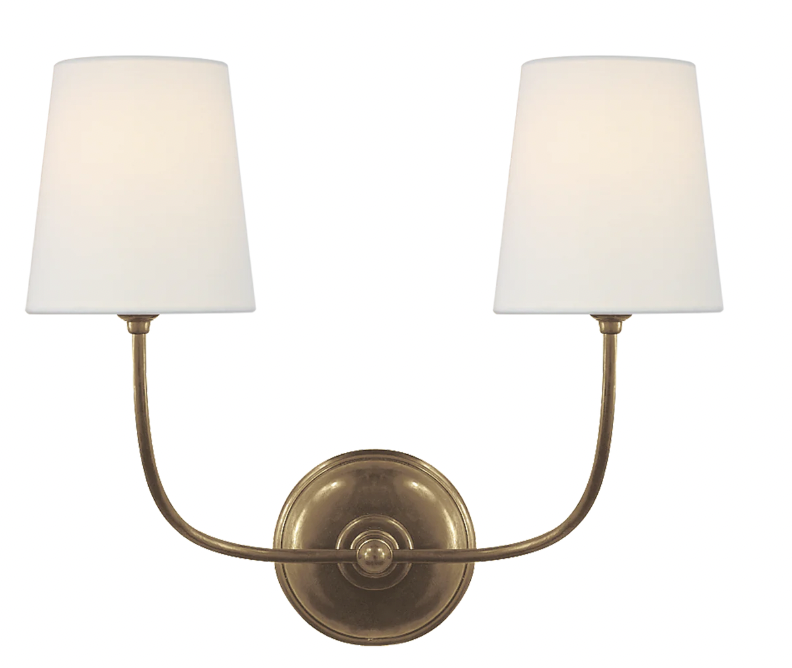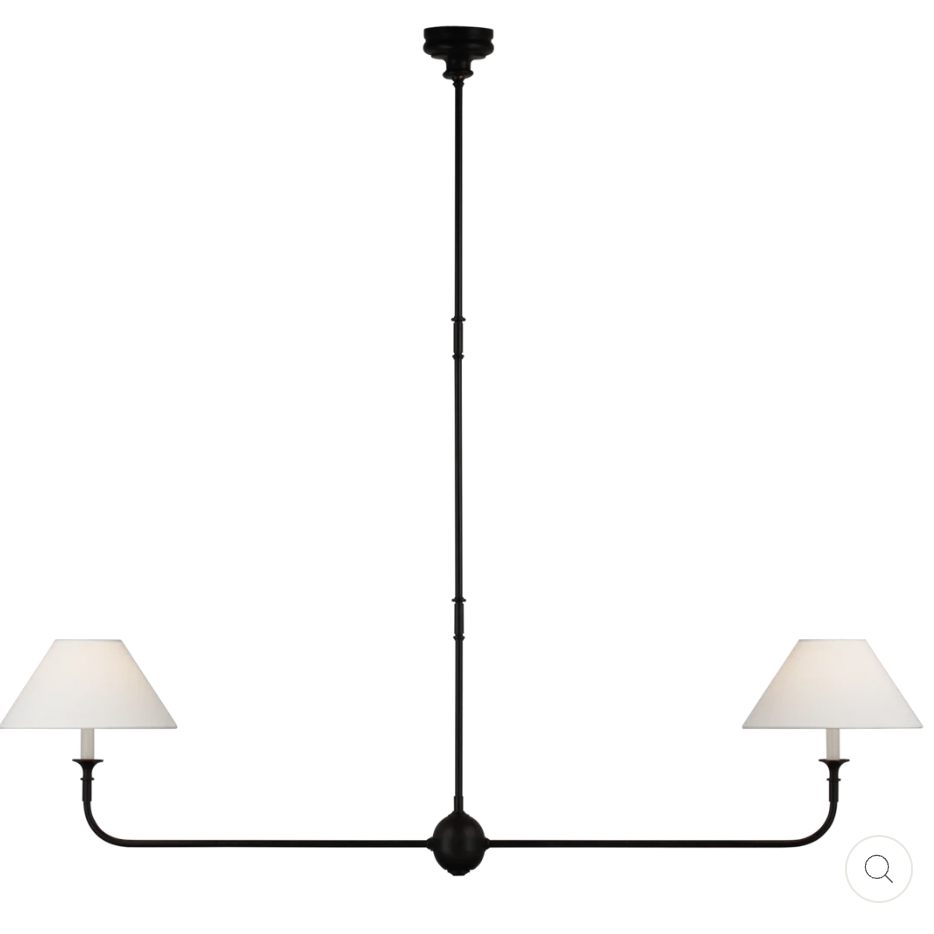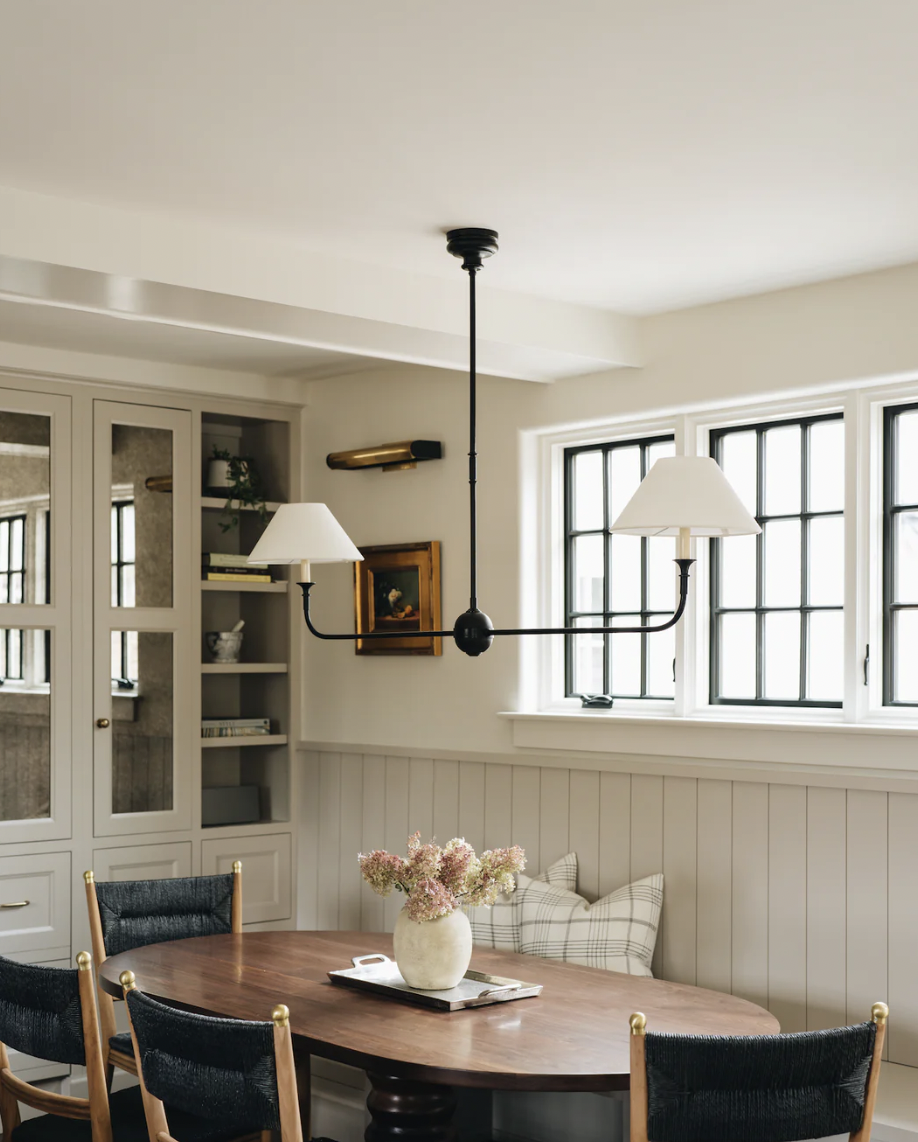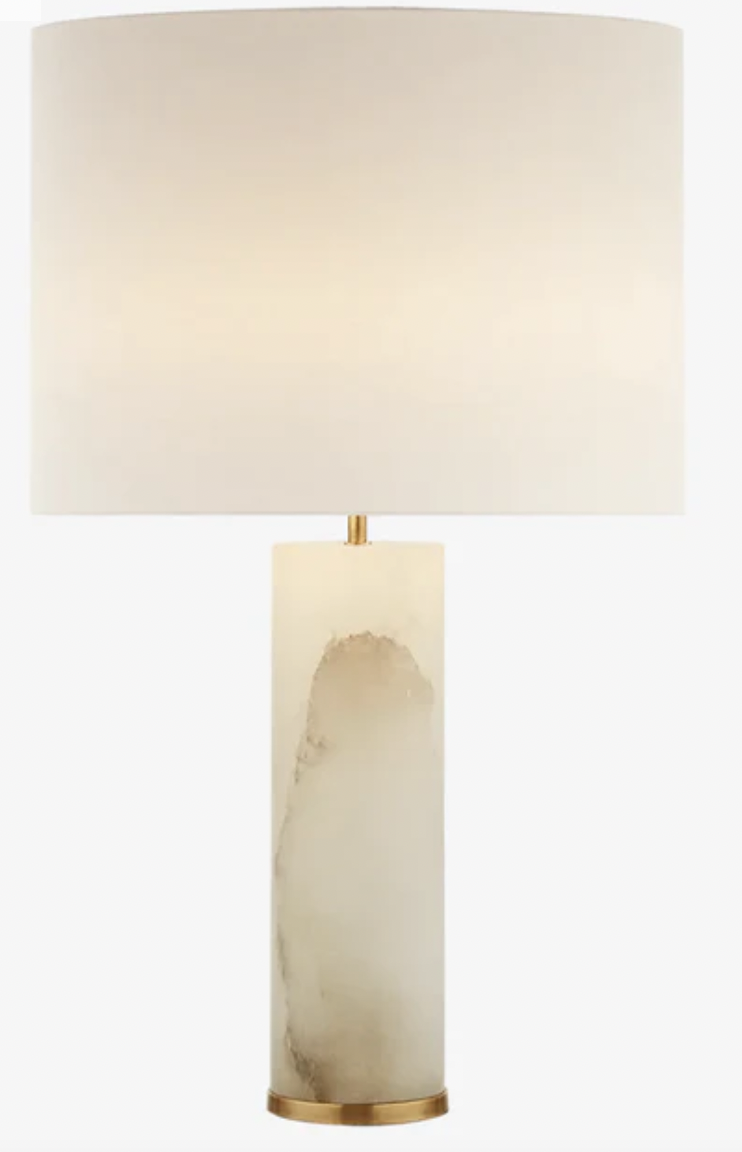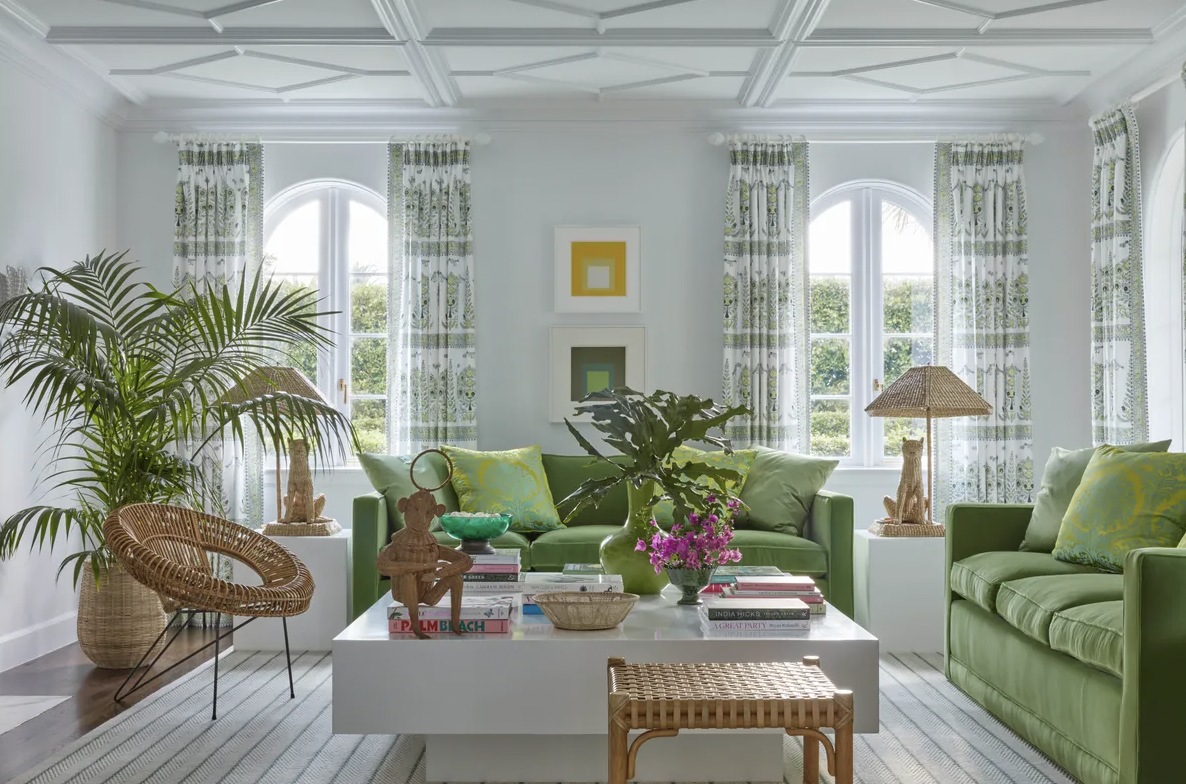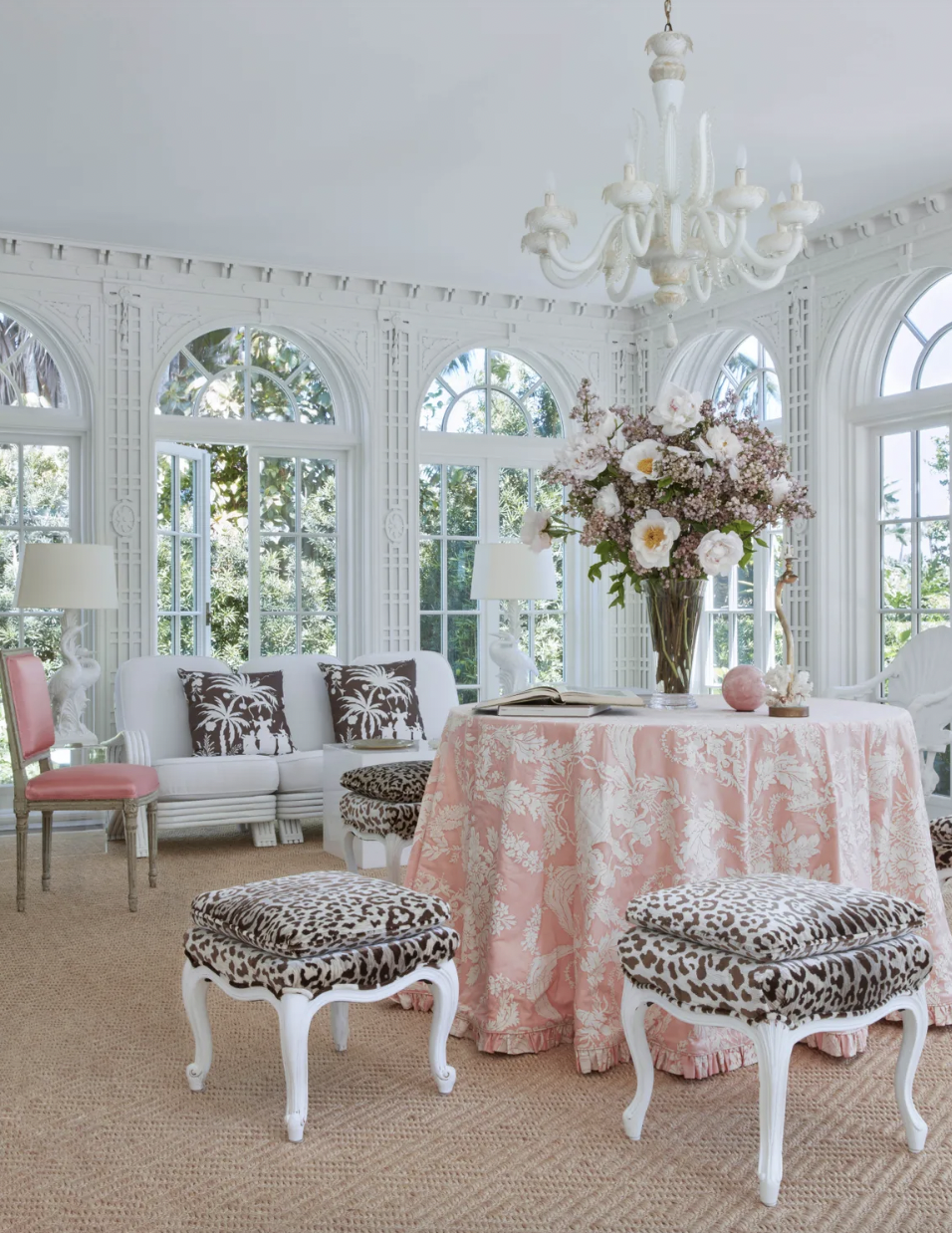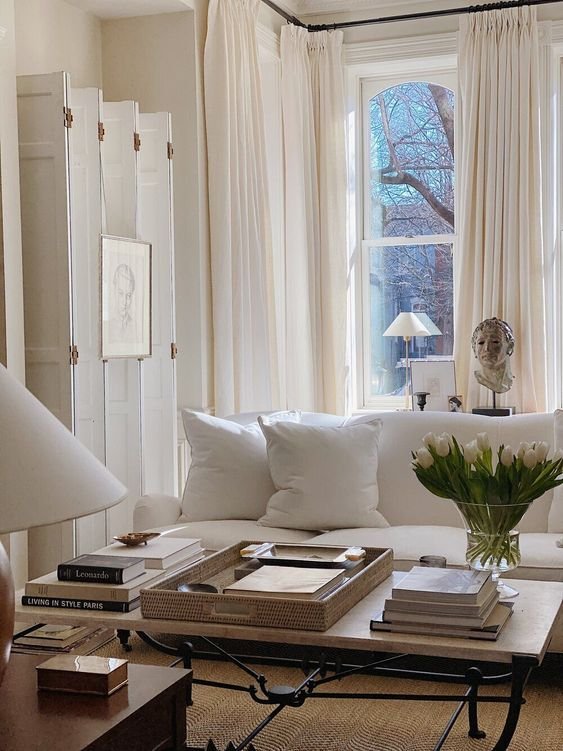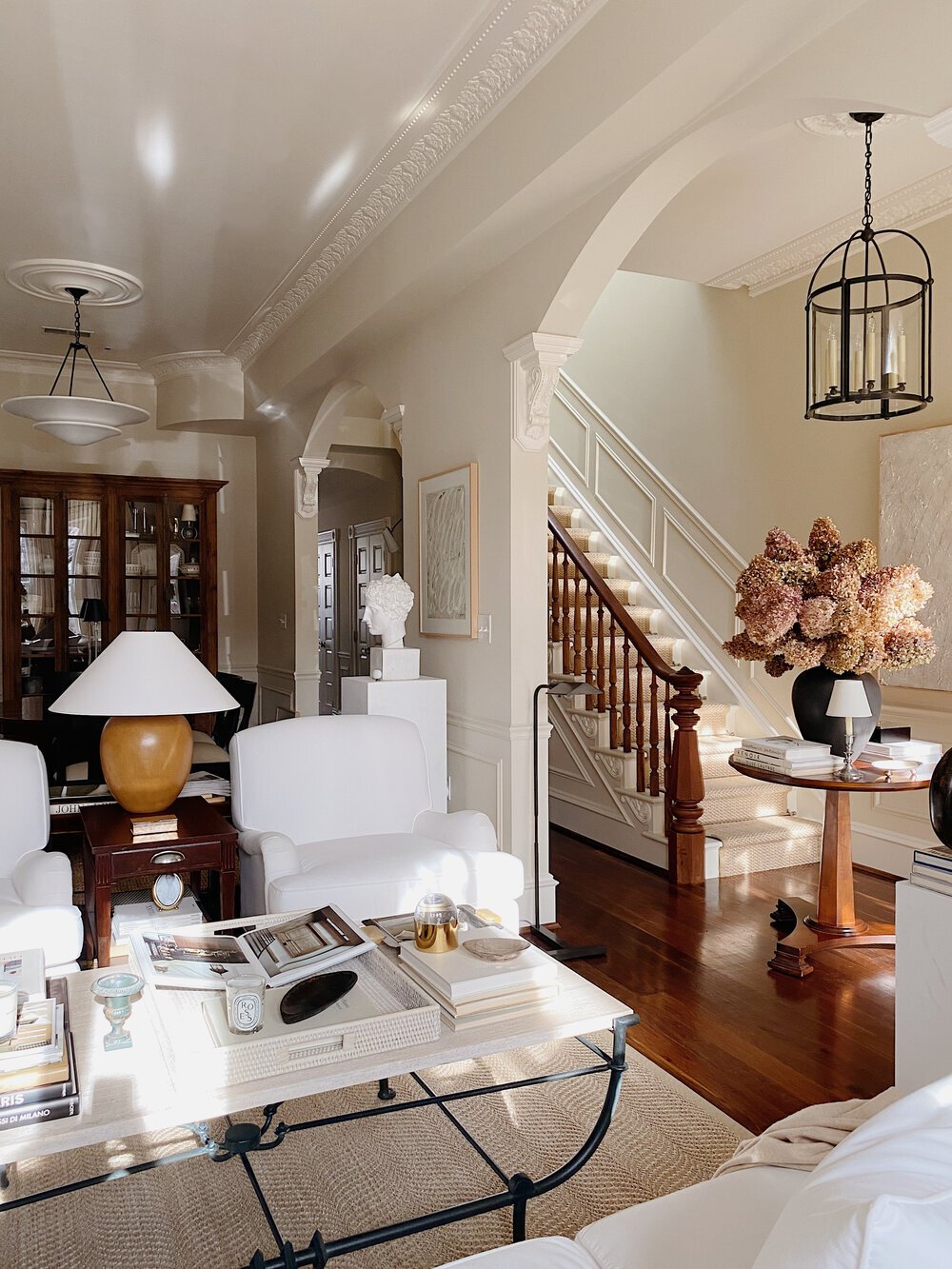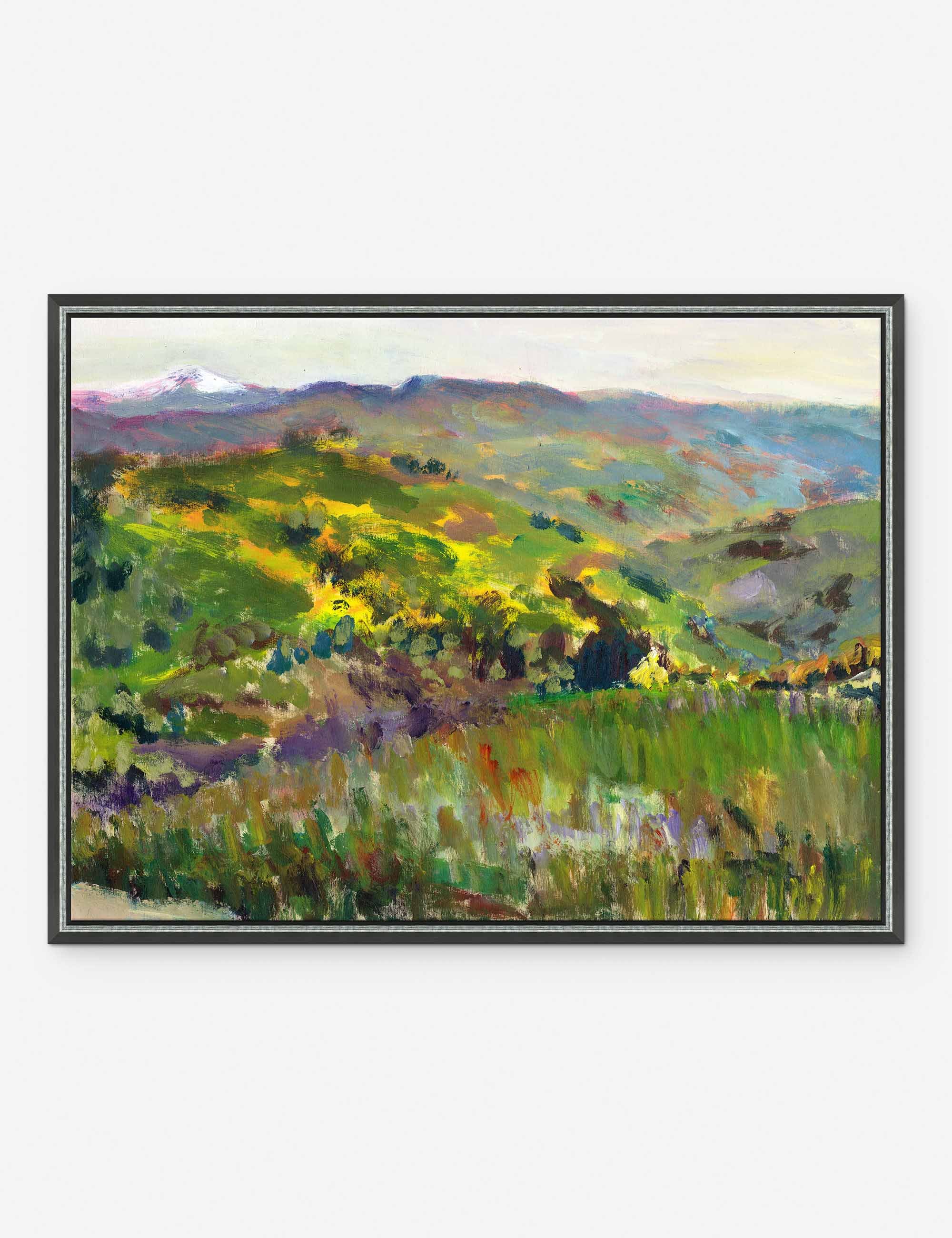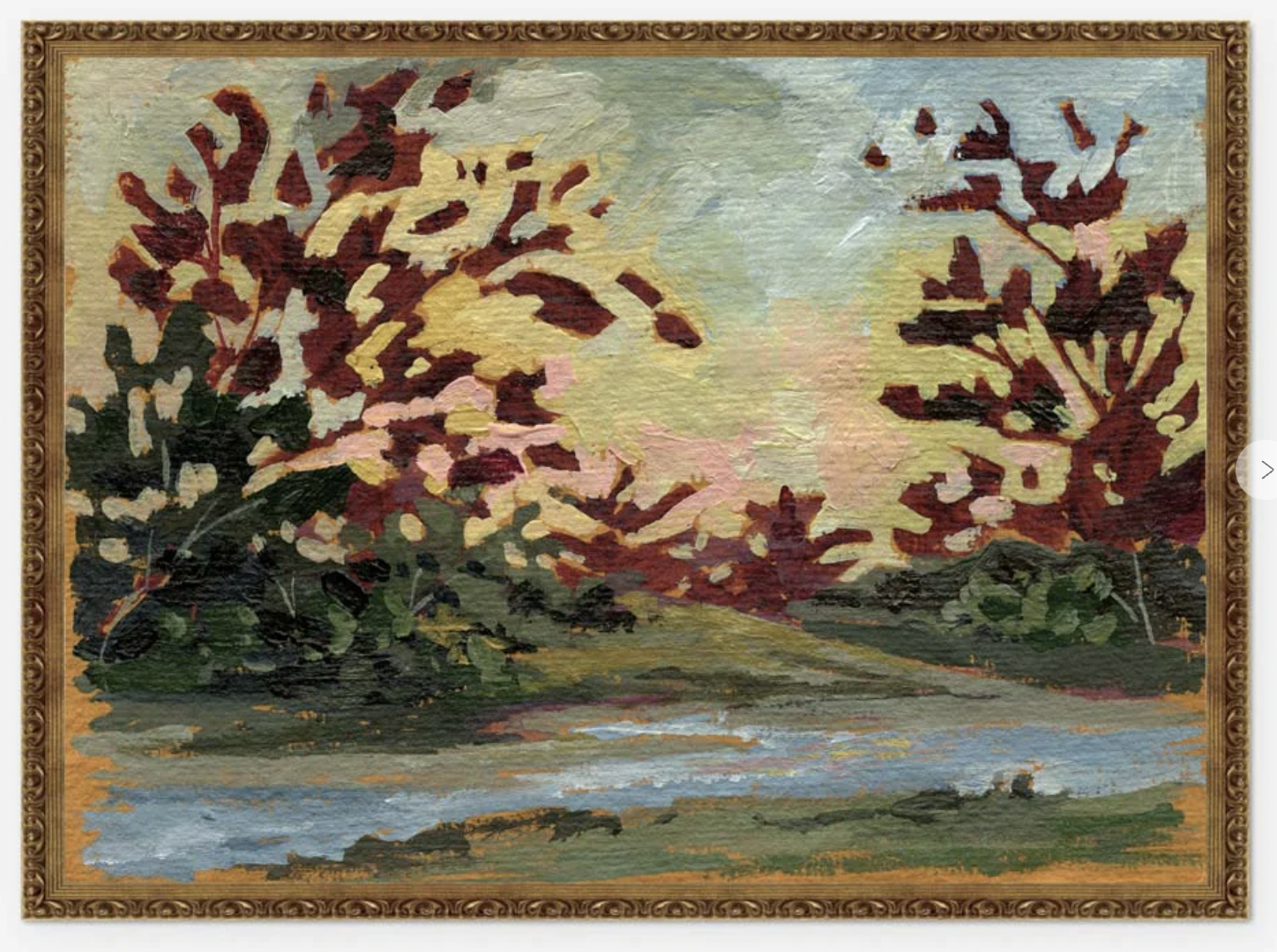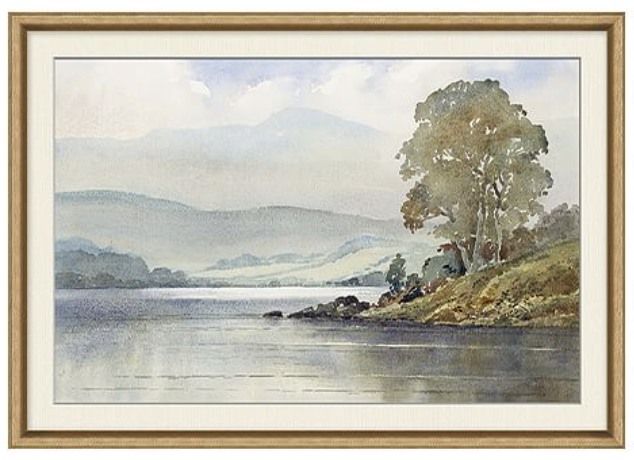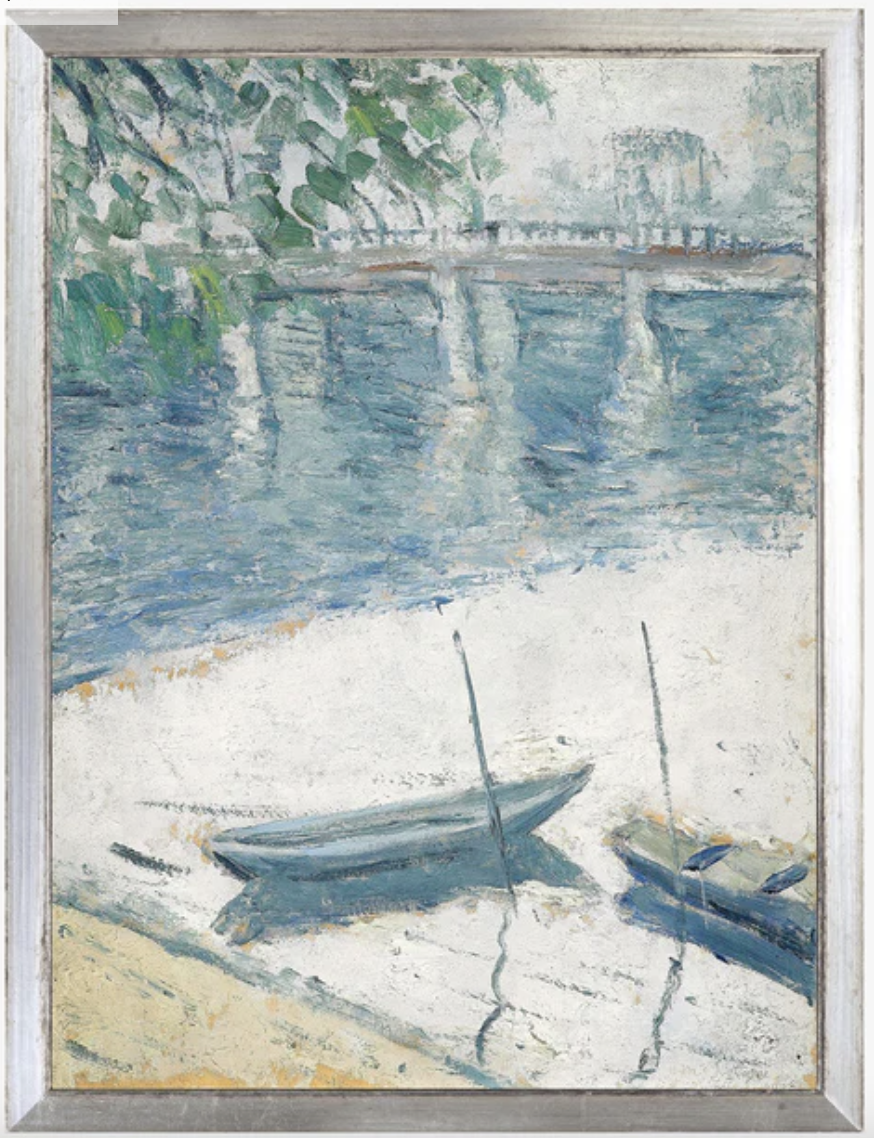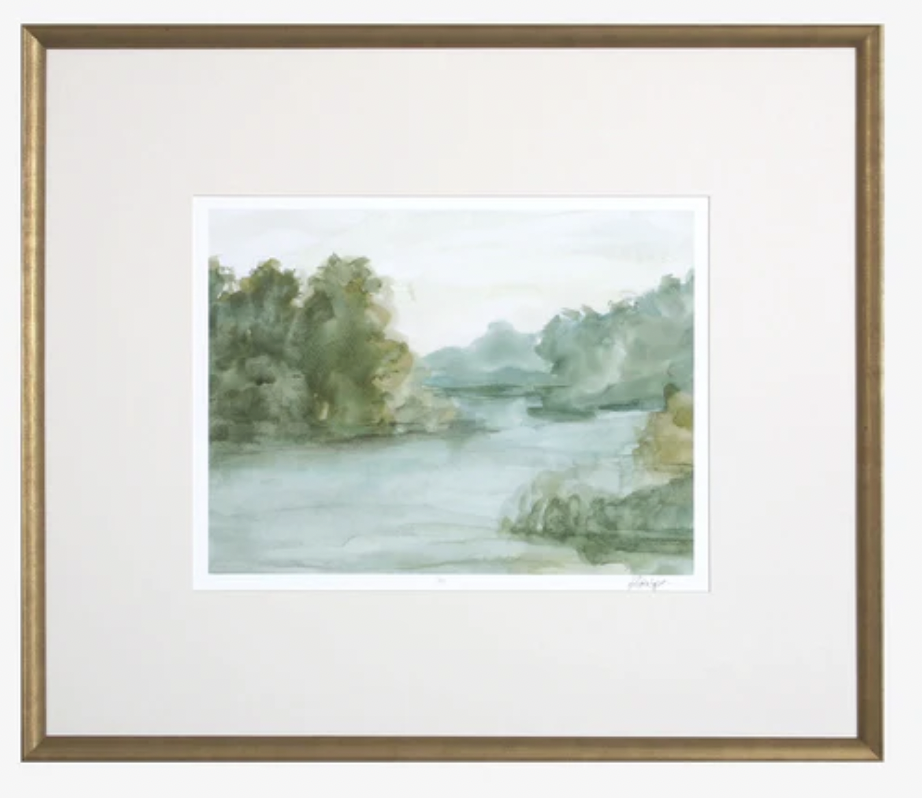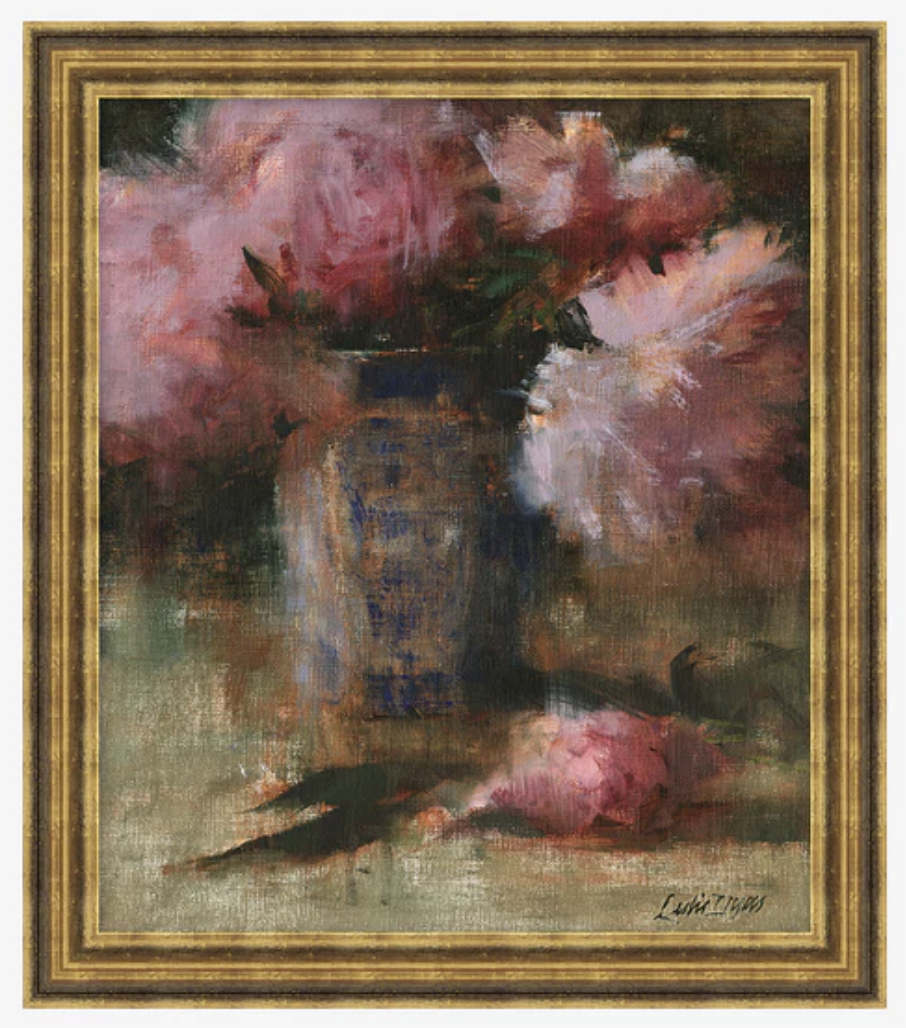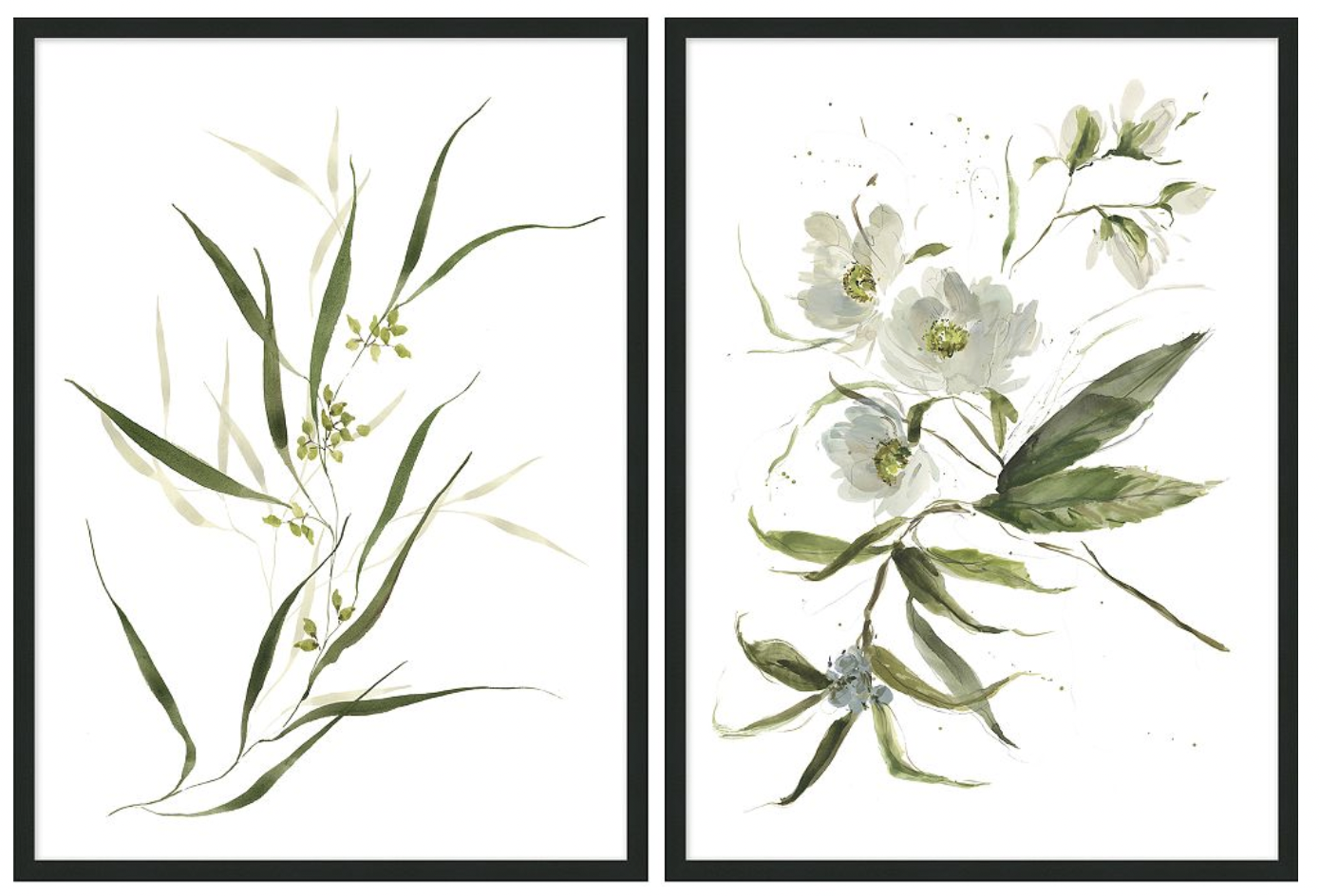Ways to Add Traditional Design Elements in a Modern Home
When it comes to interior design, mixing styles can create a unique and visually appealing space. Traditional design is characterized by classic lines, rich textures, and refined details, while modern design features sleek lines, minimalism, and contemporary materials. Combining these two styles can create a harmonious and balanced interior that showcases the best of both worlds.
In today’s blog post, we will explore some tips and ideas on how to successfully add traditional design elements in a modern home, creating a cohesive and stylish look that reflects your personal taste and lifestyle. From furniture and accessories to color palettes and finishes, we will delve into the world of traditional-modern fusion and inspire you to create a truly unique and inviting space in your home.
Click to shop any of the products below.
A reworked provincial home in Sydney’s North is designer Phoebe Nicol’s tribute to its owner, reflecting a shared appreciation for antiques. Source: estliving.com
Mix Materials
One of the key ways to add traditional design elements to a modern home is to mix materials. A modern home that consists of metal, glass, or concrete accents can benefit from incorporating traditional materials such as wood, stone, or leather. For example, a wooden dining table or a leather armchair can add warmth and texture to a modern living room.
This dining table below is a great option for those wanting to lean for a more traditional look. The bold baluster posts lean traditional while the finish has an updated feel.
Rounded Lines over Sharp Lines
Rounded edges, also known as soft edges, have a gentle, curved shape that can evoke a sense of warmth, comfort, and familiarity. They are often associated with traditional design styles, which tend to prioritize softer, more organic shapes. Rounded edges can be seen in furniture, cabinetry, accessories, and architectural details such as arches or curved moldings. They can create a sense of timelessness and a nod to historical design elements, which are commonly found in traditional homes. Rounded edges can also add a touch of elegance, charm, and approachability to a space, contributing to a traditional aesthetic.
These two pieces below both have soft edges and no sleek, sharp lines.
Use Classic Patterns
Traditional patterns like stripes, plaids, and florals can add a classic touch to a modern space. Adding a mix of patterns to the soft furnishings can give great juxtaposition to the modern elements of your home. For example, incorporating a vintage rug or an intricate floral pattern on your throw pillows. Mixing patterns can create a dynamic and interesting space.
Add Decorative Molding
Decorative molding, such as crown molding or baseboards, can add a classic touch to a modern home. Molding can help create a sense of architectural interest in a space and can add depth and dimension to plain walls.
Yes, the Updated Traditional Trend Isn't Going Anywhere. Emily Henderson coined it first, but the updated traditional look has been trending all year. Step inside the home that proves it's here to stay. Source.
Incorporate Antique Pieces
Antique pieces, such as a vintage mirror or an antique desk, can add character and history to a modern space. These pieces can create a sense of warmth and nostalgia in a space and can be a great conversation starter. I love adding vintage vases and bowls, or a vintage lamp to a design.
Consider Lighting
Don’t underestimate the power of lighting! Lighting can play a key role in creating a traditional or modern atmosphere. Traditional lighting fixtures, such as chandeliers or sconces, can add a classic touch to a modern space. Alternatively, modern lighting fixtures can be used in a traditional space to create a more updated look. For a more traditional feel, opt for lighting that has more detail on it rather than sleek clean lines. Opting for antique brass, polished nickel and black iron in your metals will help you lean more traditional. Here are some of my favourites below!
Use Traditional Color Schemes
A traditional color scheme in interior design typically consists of warm, muted, and earthy colors that evoke a sense of timelessness, elegance, and comfort. While you can design a traditional style room in many different colors, here are my two cents on it.
Neutral colors such as beige, ivory, taupe, and gray are often used in traditional interiors as a base color. These colors provide a classic and timeless backdrop that can be paired with other colors to create a cohesive and harmonious look. Earthy tones such as warm browns, terracotta, moss green, and rusty reds are commonly used in traditional interiors to create a cozy and inviting atmosphere. These colors are inspired by nature and evoke a sense of warmth, comfort, and tradition. Soft pastel colors such as pale pink, light blue, and soft lavender are also used in traditional interiors, particularly in more feminine or delicate spaces. These colors can be used on walls, upholstery, and accessories to create a soft and romantic look. Creams and whites are classic colors that are commonly used in traditional interiors for their timeless and elegant appeal. These colors can be used on walls, trim, and furniture to create a clean and sophisticated look, and can be paired with other colors for contrast and interest. Soft greens and blues, such as sage green, muted turquoise, and soft aqua, are also commonly used in traditional interiors for their calming and soothing effects. These colors can be used on walls, upholstery, and accessories to create a serene and inviting atmosphere. Deep, rich jewel tones such as burgundy, emerald green, sapphire blue, and golden yellow are often used in traditional interiors to add warmth, depth, and opulence. These colors are typically used as accents in upholstery, draperies, and accessories to create a sense of luxury and sophistication.
Color theory is a whole other post that I can write more about in the future. But stick to these colours to give a more traditional feel in your home.
A grand shingle style home of the Maine coast designed by Brooks & Falotico and Chauncey Boothby Interiors. Source.
Incorporate Art
Art plays a significant role in creating a traditional feel in a home by adding character, depth, and a sense of history to the space. Traditional art styles such as oil paintings, landscapes, portraits, and still lifes are often associated with traditional interior design. Classic artwork with ornate frames, timeless subjects, and traditional painting techniques can add a sense of elegance and sophistication to your home, evoking a traditional aesthetic.
Incorporating vintage or antique artwork can add a sense of history and nostalgia to your home, enhancing the traditional feel. Pieces with aged frames, weathered patinas, and traditional subjects can create a sense of timelessness and authenticity. I personally love artwork with smaller brush strokes, otherwise known as the impressionist technique, first developed by Claude Monet, this art is so soothing and typically consists of softer and relaxing colours.
Art is also extremely subjective, but these are just a few beautiful pieces that I feel would bring a traditional feel to your home.
In summary, incorporating traditional design elements into a modern home can create a unique and sophisticated space. By mixing materials, using classic patterns, adding decorative molding, incorporating antique pieces, considering lighting, adding texture, using traditional color schemes, and incorporating art, you can create a space that is both modern and traditional. The key is to find a balance between the two styles and to create a space that reflects your personal taste and style.


